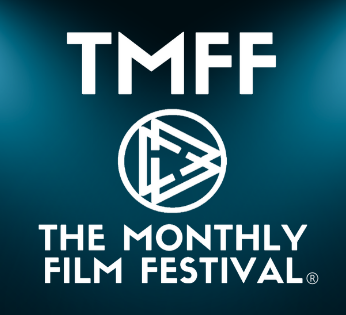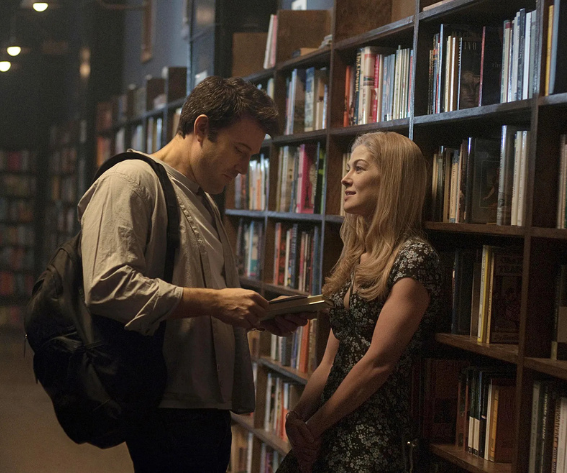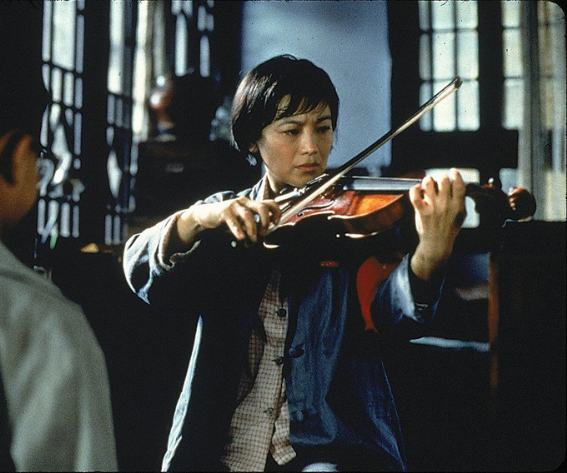Cinema is a universal language that tells stories, provokes emotions, and reflects the evolution of society. Over the decades, various movie genres have emerged, each shaping the film industry in unique ways. Some genres thrive on adrenaline-pumping action, while others explore human emotions, unravel mysteries, or transport viewers to fantastical worlds.
This article delves into the top 10 movie genres that have defined cinema history, examining their key characteristics, iconic films, and the reasons behind their lasting appeal.
1. Action
Key Features: Explosions, fight sequences, car chases, high stakes, and heroic characters.
Emotions Evoked: Excitement, adrenaline, and suspense.
Action films are designed to keep audiences on the edge of their seats with fast-paced storytelling, dynamic cinematography, and thrilling set pieces. They often center around a protagonist who faces overwhelming odds, whether it’s a rogue cop, a lone warrior, or an elite spy. The genre relies on high-intensity sequences such as hand-to-hand combat, gunfights, and daring escapes, making it one of the most commercially successful genres in cinema history.
Iconic Action Movies:
- Die Hard (1988) – A lone cop battles terrorists in a high-rise building.
- Mad Max: Fury Road (2015) – A visually spectacular, high-speed post-apocalyptic chase.
- John Wick (2014) – A revenge-driven action film with expertly choreographed fight scenes.
The action genre continues to evolve with the integration of advanced CGI, stunning stunt work, and complex narratives, as seen in franchises like Mission: Impossible and Fast & Furious.
2. Drama
Key Features: Emotional storytelling, character-driven narratives, real-world conflicts, and personal struggles.
Emotions Evoked: Empathy, sadness, inspiration, and thoughtfulness.
Drama is one of the most versatile and impactful genres, focusing on the depth of human emotions, relationships, and moral dilemmas. Unlike action films that thrive on spectacle, dramas create tension and engagement through dialogue, character development, and realistic conflicts. These films often deal with themes of love, redemption, ambition, and social issues.
Iconic Drama Movies:
- The Shawshank Redemption (1994) – A moving tale of friendship, hope, and perseverance in prison.
- Forrest Gump (1994) – The life journey of a kind-hearted man witnessing historical events.
- 12 Angry Men (1957) – A gripping legal drama where a jury debates a life-changing verdict.
Drama films are often award-winning masterpieces because they showcase deep emotional storytelling and social commentary.
3. Crime and Heist (Including Casino-Themed Films)
Key Features: Robberies, criminal masterminds, law enforcement battles, and high-stakes gambling.
Emotions Evoked: Suspense, excitement, and intrigue.
Crime and heist films captivate audiences by exploring the world of criminals, law enforcement, and high-stakes deception. They often portray power struggles, moral dilemmas, and the consequences of greed and betrayal, making them some of the most intense and compelling stories in cinema. This genre often highlights the cat-and-mouse game between criminals and authorities, keeping viewers on the edge of their seats.
One particularly thrilling subgenre is the casino-themed heist film, where high-stakes gambling, luxury, and deception collide. These movies capture the excitement of the casino floor, where fortunes can change in an instant. For those who enjoy the thrill of gambling from home, platforms offering special promotions, such as the Richard Casino promo code, bring the excitement of casino games with exclusive bonuses and offers.
Iconic Crime and Casino Movies:
- Casino (1995) – A deep dive into the Las Vegas underworld.
- Ocean’s Eleven (2001) – A stylish, sophisticated casino heist.
- The Godfather (1972) – The ultimate gangster film.
Casino-themed films highlight risk, deception, and the thrill of gambling, making them a perfect fit for the crime genre.
4. Thriller and Suspense
Key Features: Mystery, psychological tension, unexpected twists, and high-stakes situations.
Emotions Evoked: Anxiety, curiosity, and excitement.
Thrillers are designed to provoke suspense and keep viewers engaged with unexpected plot developments. Often blending elements of crime, espionage, and psychological tension, these films rely on twists, deception, and intense storytelling to maintain intrigue.
Iconic Thriller Movies:
- Se7en (1995) – A dark serial killer investigation with a shocking conclusion.
- The Silence of the Lambs (1991) – A psychological battle between an FBI agent and a cannibalistic genius.
- Gone Girl (2014) – A mind-bending story about a missing wife and hidden truths.
Thrillers captivate audiences with their layered storytelling and intricate character studies, often leaving viewers guessing until the very end.
5. Science Fiction (Sci-Fi)
Key Features: Futuristic technology, space exploration, artificial intelligence, and alternate realities.
Emotions Evoked: Wonder, curiosity, and intellectual stimulation.
Science fiction movies push the boundaries of imagination, exploring futuristic societies, advanced technology, and the unknown possibilities of the universe. Whether dealing with space travel, dystopian futures, or artificial intelligence, sci-fi films often reflect society’s fears and hopes about technological advancements.
Iconic Sci-Fi Movies:
- Star Wars: A New Hope (1977) – A space opera that redefined science fiction.
- Blade Runner (1982) – A philosophical exploration of artificial intelligence and humanity.
- The Matrix (1999) – A thought-provoking film questioning reality and consciousness.
With the rise of CGI and visual effects, sci-fi remains one of the most innovative and visually impressive genres.
6. Fantasy
Key Features: Magical worlds, mythical creatures, epic battles, and folklore.
Emotions Evoked: Awe, wonder, and escapism.
Fantasy films transport audiences to imaginary worlds filled with magic, heroes, and legendary creatures. They often blend mythology, folklore, and adventure to create epic tales of good versus evil. With vivid world-building, complex characters, and deep lore, the fantasy genre offers pure escapism, allowing viewers to step into realms where anything is possible.
Iconic Fantasy Movies:
- The Lord of the Rings: The Fellowship of the Ring (2001) – A grand fantasy adventure with deep lore.
- Harry Potter and the Sorcerer’s Stone (2001) – The beginning of a magical journey.
- Pan’s Labyrinth (2006) – A dark fantasy combining fairy tale elements with wartime horror.
Fantasy films create rich, immersive worlds, captivating audiences with their imaginative storytelling.
7. Horror
Key Features: Supernatural elements, psychological terror, jump scares, and eerie atmosphere.
Emotions Evoked: Fear, suspense, and tension.
Horror films are designed to evoke fear and unease, whether through supernatural beings, psychological torment, or slasher-style violence. The genre thrives on tension-building techniques, unsettling visuals, and shocking twists.
Iconic Horror Movies:
- The Exorcist (1973) – A terrifying possession story.
- Halloween (1978) – The birth of the slasher film.
- Get Out (2017) – A psychological horror film with social commentary.
Horror remains one of the most evolving genres, with new styles and psychological subtexts emerging each decade.
8. Comedy
Key Features: Humor, satire, exaggerated situations, witty dialogue, and comedic timing.
Emotions Evoked: Laughter, joy, and amusement.
Comedy films aim to entertain and bring humor into everyday situations. The genre has evolved through various subcategories, including slapstick, romantic comedies, dark humor, and parodies. While some rely on absurdity and physical gags, others use sharp dialogue and irony to highlight social and cultural observations.
Iconic Comedy Movies:
- Airplane! (1980) – A satirical take on disaster films, filled with absurd jokes.
- The Hangover (2009) – A hilarious misadventure in Las Vegas.
- Superbad (2007) – A coming-of-age comedy about teenage mischief and friendship.
Comedy has proven to be timeless, with classics like Monty Python and the Holy Grail (1975) still entertaining audiences decades later.
9. Animation
Key Features: Visual storytelling using drawn, computer-generated, or stop-motion images; often family-friendly but can span all genres.
Emotions Evoked: Joy, nostalgia, wonder, and sometimes deep reflection.
Animation is one of the most versatile and imaginative genres, capable of bringing any story or concept to life through stunning visuals. It appeals to audiences of all ages, blending artistry with storytelling. The genre includes hand-drawn classics, CGI blockbusters, and stop-motion masterpieces, making it a cornerstone of both children’s and adult cinema.
Iconic Animated Movies:
- Toy Story (1995) – The first entirely CGI-animated film that introduced the world to Pixar.
- Spirited Away (2001) – A breathtaking fantasy from Studio Ghibli that won an Academy Award.
- The Lion King (1994) – A Disney classic exploring themes of family, loss, and destiny.
Animated films often carry powerful themes and life lessons, blending emotion with creativity. Studios like Disney, Pixar, and Studio Ghibli have set high standards for storytelling, producing some of the most beloved films in history.
10. Musical
Key Features: Storytelling through song and dance, often with elaborate choreography and memorable soundtracks.
Emotions Evoked: Joy, nostalgia, and romanticism.
Musicals combine music, dance, and drama to create unforgettable cinematic experiences. Songs are integral to the plot, advancing the narrative and deepening emotional connections with characters. Musicals can range from lighthearted comedies to profound dramas, offering both entertainment and artistic expression.
Iconic Musical Movies:
- The Sound of Music (1965) – A heartwarming story with iconic songs like “Do-Re-Mi” and “Edelweiss.”
- La La Land (2016) – A modern musical that blends romance and heartbreak with stunning visuals.
- Moulin Rouge! (2001) – A dazzling spectacle of music, color, and passion set in bohemian Paris.
Musicals are known for their ability to stay in the audience’s hearts long after the credits roll, with their songs often becoming classics. They are a celebration of creativity, blending visual art, music, and storytelling into one immersive experience.
Conclusion
Movies have the power to entertain, inspire, and challenge our perspectives. Each genre brings something unique to the screen, from heart-stopping action to mind-bending sci-fi, and from spine-chilling horror to the high-stakes tension of casino heists. These ten genres have defined cinema history, shaping how stories are told and how audiences engage with film.
As technology advances and storytelling evolves, these genres will continue to adapt, ensuring that cinema remains as captivating and diverse as ever.









Leave a reply